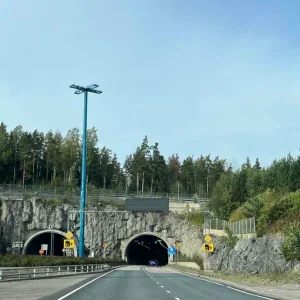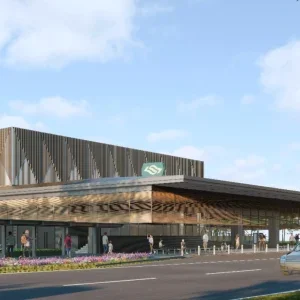A joint venture headed by contractor, John Holland, will build twin tunnels as part of an US$884M desalination project in Tugun on Australia’s Gold Coast in Queensland.
Other partners in the venture are Veolia Water, SKM, Cardno, Gold Coast City Council and the Queensland State Government.
The seawater intake tunnel to the plant will be 2km long, while the discharge tunnel will be 2.2km long. They will both be built by tunnel boring machines that will be launched from 55m deep shafts. Each machine will be left in the tunnels when work is completed.
The tunnels, with a 2.8m internal diameter, will be built up to 60m below ground and are estimated to cost US$218M to build. They will run from the desalination plant to about 1km offshore of Tugun. The scheme has been designed by British consultant Halcrow from its Brisbane office.
The project will be completed by January 2009, but the facility has already been criticised by environmentalists who want an environmental impact assessment on marine ecosystems done before the facility is commissioned.
Marine biologist Ted Brambleby said: “If it is sucking in 350M litres of saltwater daily there will be a huge volume of brine discharged back into the sea. The diffusion circle of brine around the pipe outlets could have an irreversible effect on marine ecosystems.”
This was refuted by a Gold Coast City Council spokeswoman who said the impact of the brine was expected to be minimal. “Seawater salinity is approximately 35 parts per thousand,” she said. “Once the brine is mixed with the ocean water, it will have a salinity characteristic of approximately 37 parts per thousand within approximately a 200m radius around the diffuser head.”







